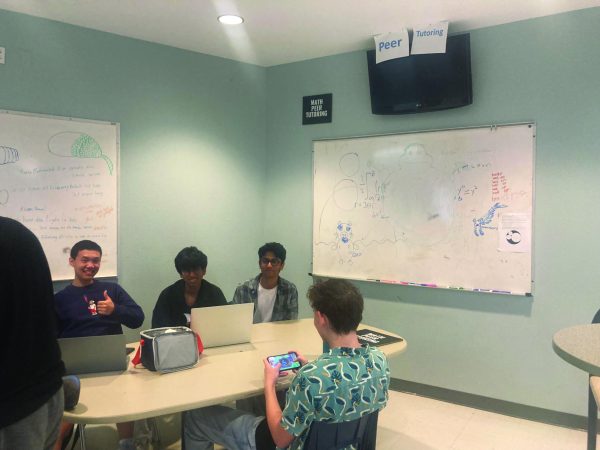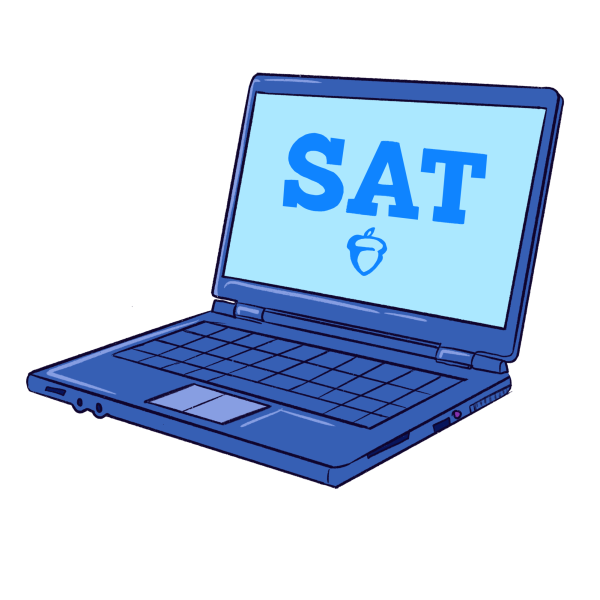Tinkered Bell: LASA Rolls Out New Bell Schedule
October 2, 2020
The adoption of online learning as a safety measure against the COVID-19 pandemic has resulted in yet another new bell schedule for LASA students and staff. The new schedule has the school start time at 9:20 a.m. and the end time at 3:55 p.m.. Each class period is an hour and 30 minutes, lunch is 35 minutes and there are no passing periods. A new advisory period is blocked for the beginning of the day, from 8:15-9:20, for teachers to check in with their advisory classes and send out information. Principal Stacia Crescenzi was among those who came up with the new bell schedule.
“We had to consider what worked in spring and what didn’t work in spring,” Crescenzi said. “We had to consider the rules that TEA sends out, both about the number of minutes required in order to get funding, and we had to look at the number of minutes that we can’t go over for teacher contracts. We looked at health screenings, because when we originally started working on this, we had no idea what the requirements would be for health screenings, how many students we’d have to have back if we were allowed to be virtual, and the length of time that would take.”
Crescenzi later went on to explain that LASA’s bell schedule is the same as LBJ’s through requirement, but otherwise no two highschools have the same bell schedule. However, most schools do have some form of advisory, and a 30 minute lunch as opposed to LASA’s 35 minutes of lunch.
A common piece of feedback about the new bell schedule is how short lunch is. Senior and Latin Club Officer, Eli Taub, says the new schedule has negatively affected his club meetings.
“The 30 minute lunch makes it really really difficult to have a long club meeting throughout the day,” Taub said. “Lunch for me used to be a homework time, a club time, a hang-out-with-friends time. With 30 minute lunch it’s run to the kitchen, get some food, run back and start class.”
Orchestra Director Luzvic Backstrom has had to adapt to online learning along with students. She shed light on how lunch feels as a teacher.
“You finish a period and there might be students with questions,” Backstrom said. “There might be students who need additional help, or there might be emails that you need to get through, or blend crashes. Then you find yourself against the wall. It’s a little too tight for what I would feel comfortable doing.”
Advisory meets once a week and was created to both support students and leave a period open at the beginning of the day for health checks. Advisory has been a positive experience for freshman Jack Fenton.
“I really enjoy what they did with advisory because I feel like meeting every day is kind of over the top,” Fenton said. “We don’t need that, and everyone shuts down if you do that, but the Mondays are helpful because it’s just a very small sized lesson, and we don’t typically take up the whole hour of time. Then we do those check ins. Those are nice to have, just to know that someone else is looking out for you.”
Advisory is more than just a student support opportunity and a time to perform health screenings or send out information. It is also an opportunity for teachers to build community among students.
“I think the idea of building community is a really great idea,” Backstrom said. “I know that some students find it silly to make [a] community during that time, and it’s mostly because it’s the morning… having it in the first block becomes challenging for the teachers to be able to build that sense of community.”
According to Taub, while most of his teachers leave a 30 minute block at the end of class for asynchronous learning and to transition to the next class, there has been the occasional exception. He mentioned those exceptions have been jarring the few times they have happened.
“I need time to just get my mind off the class I was just in and switch it to a different frame of reference,” Taub said. “Just suddenly being like, say goodbye to one teacher and then 15 seconds later you’re in another class, is crazy.”
However, having 30 minutes at the end of class for transition and asynchronous work is not followed by every teacher. For example, Backstrom has heard of different uses of the bell schedule.
“From what I hear from my students, some classes seem to be doing long lectures from bell to bell,” Backstrom said, “which doesn’t give students a break or the time that they need with transitions between classes.”
Having one class directly followed by another with no time in between has the potential of making students late to their next class. Felton commented on how this has affected him.
“It’s kind of just frustrating when one teacher keeps you up until the very end, and then you’re basically late to your next class,” Felton said.
Crescenzi expects LASA will go through two or three more bell schedules as the school and the district learn about how long COVID-19 screenings will take. According to her, screening one person takes anywhere from 20 seconds to a full minute.
“We figure even if we have three health stations, the best case scenario is you can get three people done per minute, so it’s one hundred and eighty people per station in an hour.”
Health screenings involve filling out a survey on the AISD app before getting to school, and after answering the questions either a red x or a green check is shown to the participant. Getting the green check is required before entering the building. Once at school a temperature check is performed at a health station.
“I don’t know that I can get everyone in the building in an hour,” Crescenzi said. “People might be waiting outside for 45 minutes to come in, but we might have found ways to do it. There’s still so many unknowns, but once we figure that out I am hoping we can go back.”











